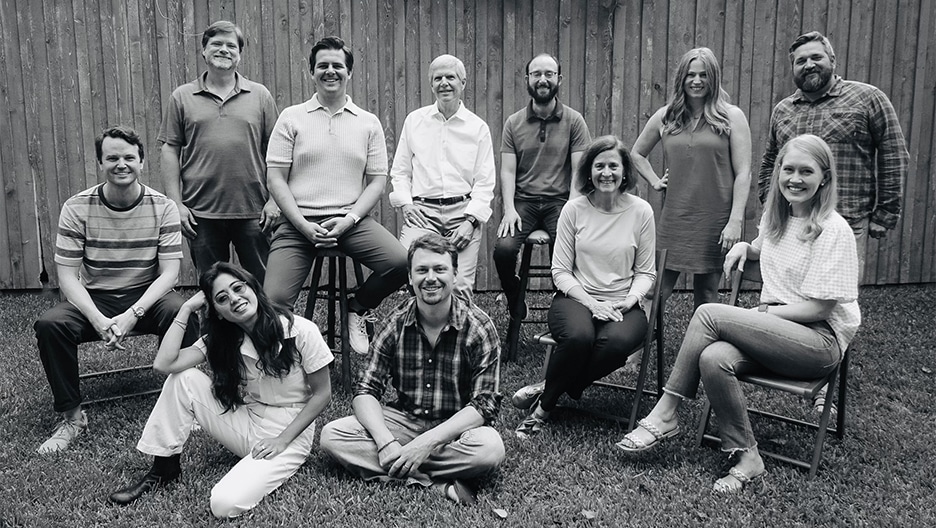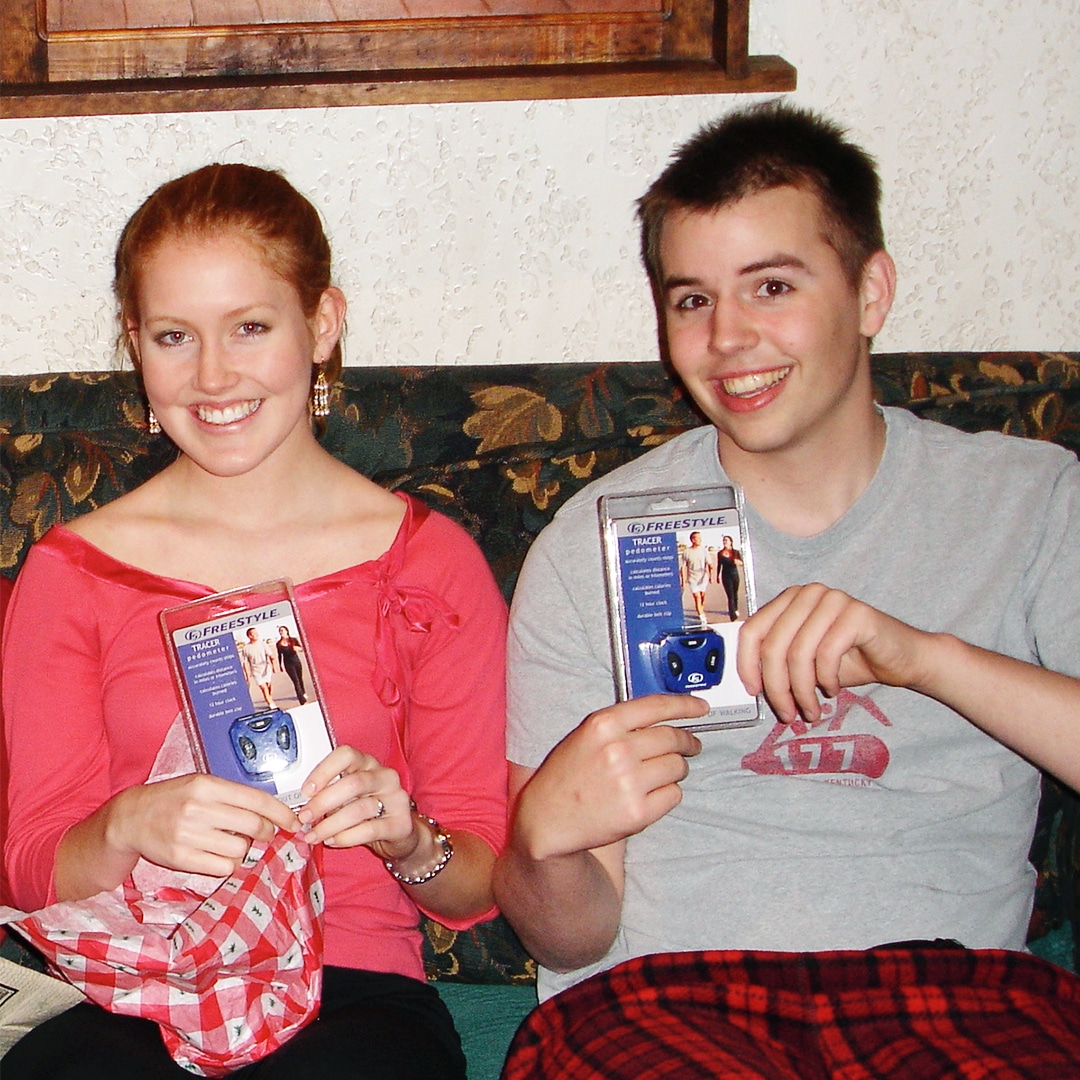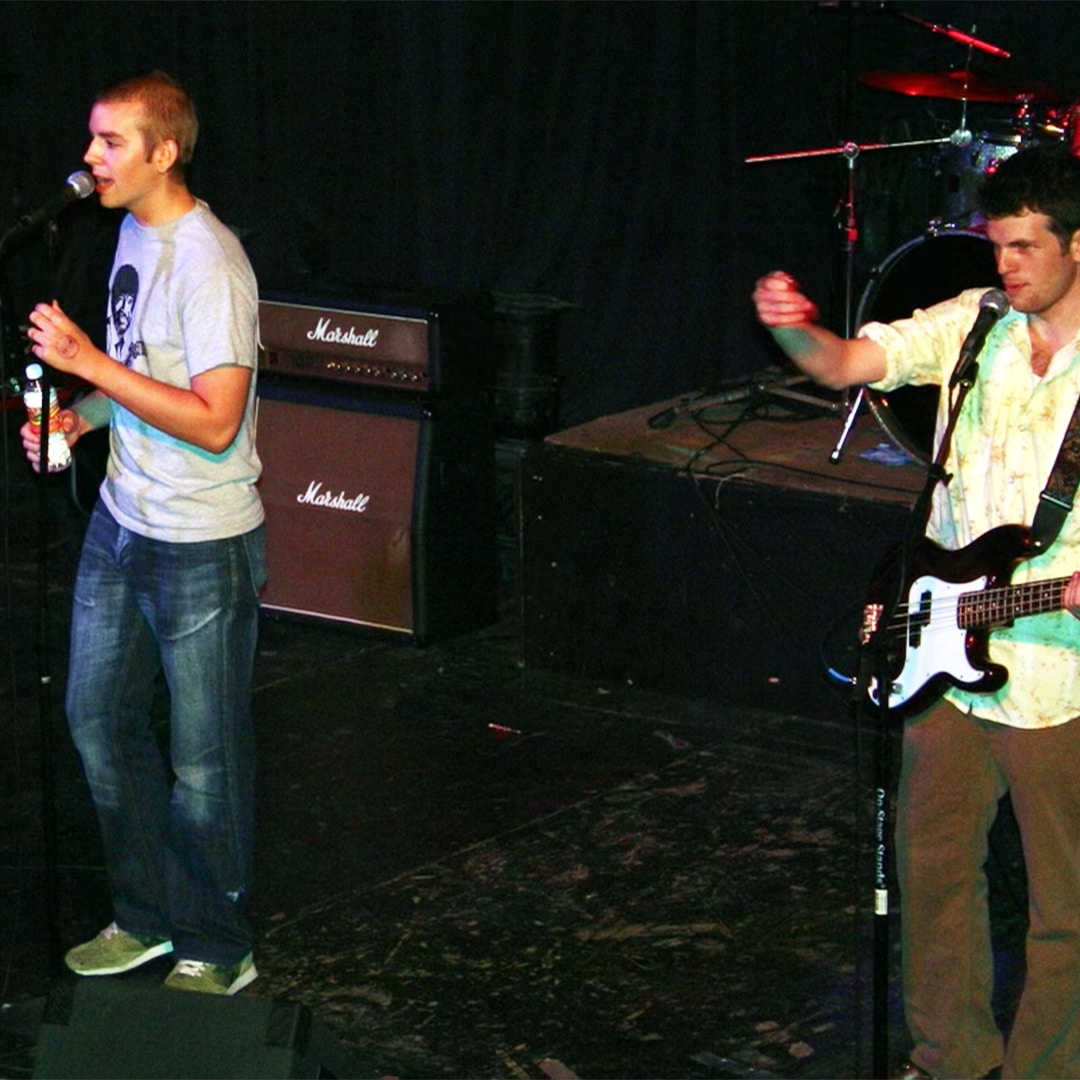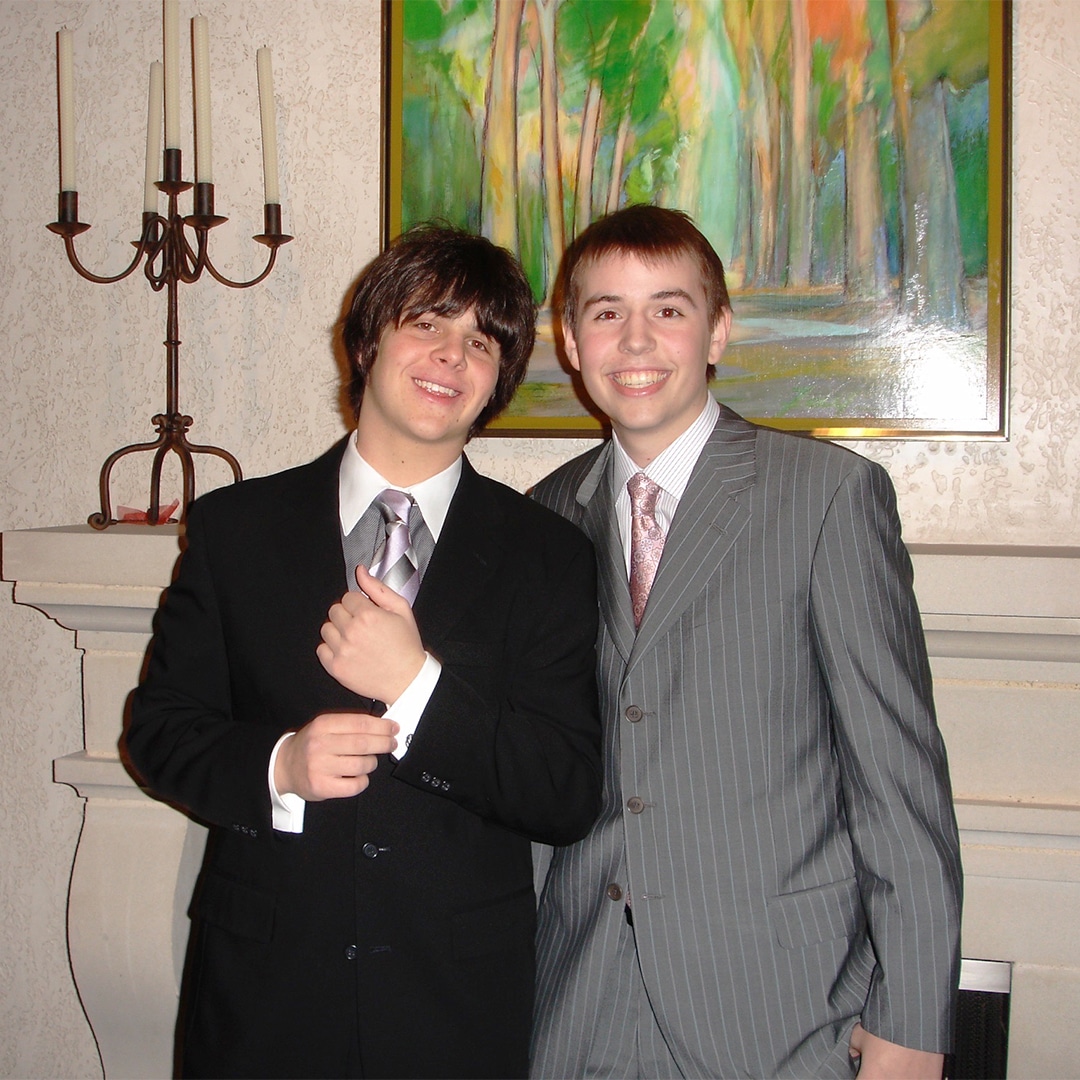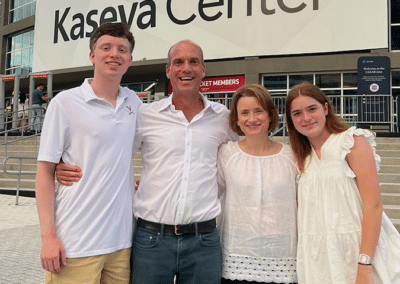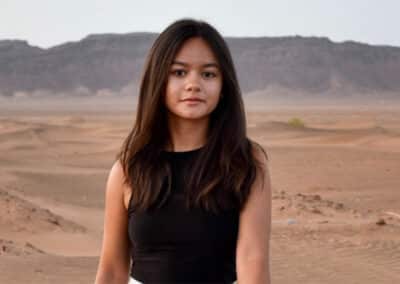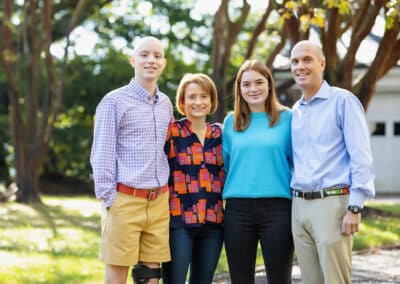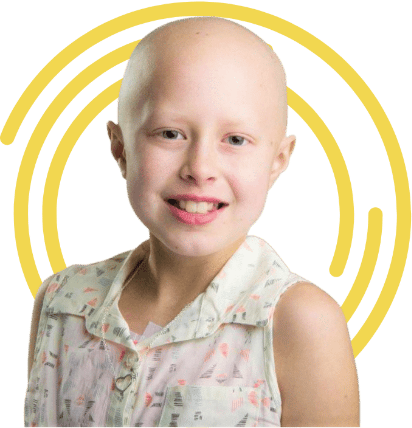Mary Katherine Clarke, QuadW’s executive director and advisory director, was one of those initial eight friends. “When Mac and Lisa asked us to be on the board of QuadW, it was an honor,” she says. “We did not know it at the time, but it served two purposes. On one hand, it kept us close and connected, and it gave us a way to channel our grief. Secondly, it taught us how to be philanthropists as we answered that question of what Willie would want.”
Building the Foundation
From the beginning, QuadW worked to break down barriers in the research field so that they could make progress in the treatment of osteosarcoma. This meant connecting leading sarcoma clinicians and researchers from various institutions to collaborate on new therapies.
“We looked at the landscape and asked ourselves, ‘What infrastructure is required to help move the field forward?’” says Bret Alexander, QuadW’s chair, president, and treasurer.
QuadW’s board, pictured above, discovered that one of the biggest problems in osteosarcoma is that researchers do not have enough biological material on which to perform research. The QuadW Childhood Sarcoma Biostatistics and Annotation Office (CSBAO) of the Children’s Oncology Group (COG) aimed to solve that.
QuadW partnered with the COG and, later, a major study called the TARGET Osteosarcoma Project to collect tissue samples from sarcoma patients all over the country, giving researchers access that never existed before in the field. As a result of QuadW’s tissue bank work, the DNA of the osteosarcoma genome was sequenced through the TARGET project.
Moving the Needle
After 10 years of tackling osteosarcoma through the foundation, QuadW realized that while they had made significant progress removing obstacles for researchers, the outlook for patients remained the same. “Willie would have had the same outcome even if he had been diagnosed 10 years later,” says Mary Katherine. As a result, QuadW launched the Osteosarcoma Institute (OSI) to cure osteosarcoma or significantly improve survival rates.
The OSI, which functions as a virtual institute, makes it possible for the best sarcoma scientists, researchers, and physicians from around the world to collaborate on research that will advance osteosarcoma treatment. Because it is virtual and not bound to a region, the opportunities are limitless. “This allows us to work as scientific brokers,” says Mary Katherine. “We are not beholden to one institution or one organization.”
